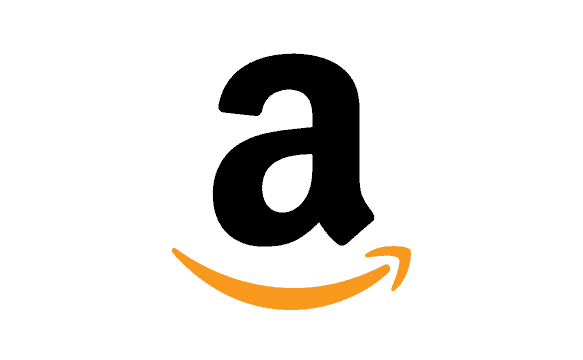Cut Red Tape So Middle-Class Investors Can Soar with Next Amazon

 Today is the 21st anniversary of the initial public offering of a little company called Amazon. Yes, today Amazon is a behemoth, a supposed unbreakable monopoly, but back in 2000 it faced an uncertain future as an online startup going head-to-head with the “big boys” of Borders and Barnes & Noble.
Today is the 21st anniversary of the initial public offering of a little company called Amazon. Yes, today Amazon is a behemoth, a supposed unbreakable monopoly, but back in 2000 it faced an uncertain future as an online startup going head-to-head with the “big boys” of Borders and Barnes & Noble.
At that time, according to Benzinga, “Amazon had only 256 total employees and full-year revenue of only $15.75 million.” Now, it has a market value of $783 billion, and it may be on its way to becoming the first trillion-dollar company. Or it may not. As my colleague Iain Murray wrote recently at FoxBusiness.com, “good ideas and innovation can still win out against Big Tech companies.”
But thanks to government red tape enacted two years after Amazon went public, mom and pop shareholders likely won’t be a part of the growth of the next Amazon. Ordinary investors savvy enough to invest in Amazon around the time it went public have grown wealthy with the company. As Fortune noted last year on Amazon’s 20th anniversary, $5,000 invested in Amazon when it hit the markets would be worth at least $2.4 million today.
And this was not unusual for an IPO in Amazon’s day and the years and decades before. As I said in my testimony last summer at a hearing held by the House Financial Services Committee: “In the early 1990s, 80 percent of companies launching IPOs—including Starbucks and Cisco Systems—raised less than $50 million each from their offerings. Entrepreneurs were able to get capital from the public to grow their firms, while average American shareholders could grow wealthy with the small and midsize companies in which they invested.”
But all this changed dramatically after the enactment of the Sarbanes-Oxley Act of 2002, a law rammed through Congress after the failures of Enron and Worldcom that quadrupled auditing costs for many public companies. As a result, a few years after “Sarbox” was enacted, 80 percent of firms went public with IPOs greater than $50 million, while IPOs greater than $1 billion have become a normal occurrence.
This means that ordinary investors—as opposed to venture capitalists, angels, and other wealthy “accredited investors” the government allows to purchase shares in private companies—are locked out of the early stage growth of the small companies that could become tomorrow’s giants. Amazon turned out to be one of the last IPOs in which retail investors could get in on the company’s early stages of growth and grow wealthy with it. But post-Sarbox and post-Dodd Frank, the red tape means most companies don’t go public until they can raise billions on an IPO.
Facebook, for instance, waited to go public until it could launch an IPO of $16 billion, when it was already a behemoth. Even at its all-time high share price around $195, $5,000 invested in Facebook’s IPO would be worth only a little more than $25,000. Nice change, but pocket money compared to the riches for those who bought and held shares in Amazon’s IPO.
Fortunately, there is bipartisan legislation that has passed the U.S. House of Representatives that cuts red tape for smaller companies going public and allows some non-wealthy investors to join the ranks of the “accredited.” The Senate must pass, as part of the final banking regulatory relief bill or as separate pieces of legislation, the Fostering Innovation Act (H.R. 1645/ S. 2126) and the Fair Investment Opportunities for Professional Experts Act (H.R. 1585).
Cutting the red tape that makes it so difficult for small and emerging growth companies to go public would give ordinary investors and entrepreneurs many more happy anniversaries to celebrate!